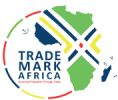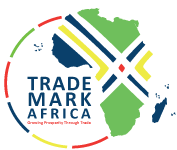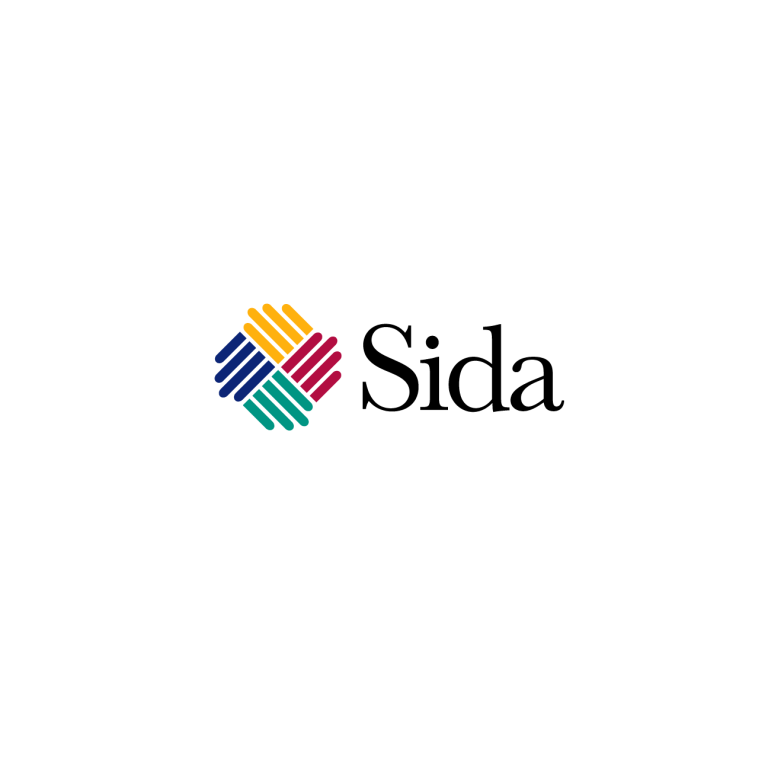Context: The East African community (EAC) comprises of five countries namely: Burundi, Kenya, Rwanda, Tanzania, and Uganda with a total population of about 143.5 million people with a GDP of US$110.3 billion as of 2014. The EAC Common Market Protocol provides for “accelerated economic growth and development EAC Partner States through the attainment of free movement of goods”. The EAC Customs Union Protocol Article 13 provides a legal structure for the development of an EAC mechanism to identify, monitor and remove NTBs in the EAC. This was done by enactment of an East African Standard Quality Assurance Metrology and Testing Act (EAC SQMT Act). One of the aims of the EAC SQMT Act is to ensure that SQMT of products produced or traded within the EAC facilitates development and trade. Section 3e provides for the “harmonization of the national and East African standards with international standards to reduce cost, enhance compliance and develop trade opportunities” and Section 24(2) of the Act, provides for EAC Partner States to have quality marks and recognize them as equal to their own which facilities free movement of certified products in the EAC.
Issues: Unharmonized standards and other trade documentation and duplicative inspections and testing hamper trade, causing overall delays and increases the cost of doing business. In the EAC Secretariat’s March 2012 quarterly review on the status of NTBs in the EAC, both documentation and inspections were targeted for harmonization. José Maciel the Director of NTBs and Standards at TMA noted that standards were central to the future wealth of the EAC and vital to regional integration, safeguarding the health and safety of the consumers and the environment as a whole. He further noted that standards when harmonized would cut the cost and time of doing business by huge amounts. It is against this background that TMA supported the EAC Partner States in the areas of standards harmonization and strengthening of the quality infrastructure in order to improve on the conformity assessment services so as to provide benefits for manufacturers, consumers, government regulators, and the general public. Conformity is assessed against standards and the WTO Agreement on Technical Barriers to Trade (TBT) call on Member governments and their standardizing bodies to participate in the development of international standards in “appropriate international standardizing bodies in areas covered by existing or proposed technical regulations and standards so as to harmonize requirements on as wide a basis as possible”.
Method: According to the International Organization for Standardization (ISO), harmonized standards are “standards on the same subject approved by different standardizing bodies or authorities, that establish interchangeability of products, processes and services, or mutual understanding of test results or information provided according to these standards”. TMA supported the standards harmonization process that involved the preparation, approval, gazetting and adoption of the standards by the different national standards bodies in the EAC Partner States. TMA supported the standards harmonization for the most commonly traded and priority products in the region so that they could cross borders unimpeded. The priority and most-traded products that TMA targeted in the EAC for standards harmonization included: sugar and sugar confectioneries, minerals, Maize and related products, essential oils and cosmetics, iron and steel related products, alcoholic beverages, edible fats and oils. In order to provide a comprehensive and coordinated approach to regional harmonization of standards, TMA first supported the implementation of the EAC Procedures for Development of Standards (2012), which includes international best practices on standards development and harmonization. The approach was through the provision of capacity building to NSBs representatives involved in standards harmonization and then supported the regional harmonization of standards based on the procedures. This approach promoted acceptability of the harmonized standards by the EAC Partner States. To complement the harmonized standards, at the national levels, TMA strengthened the conformity assessment procedures by supporting the EAC Partner States with the provision of laboratory testing equipment and capacity building to the NSBs in order to assist them in carrying out their duties in an efficient and effective manner.
Results: In the EAC there are two major categories of products crossing the boarders that include certified and uncertified products. TMA support towards harmonizing standards in the EAC contributed to the reduction in the conformity assessment clearance time from 38 days in 2010 to 10 days in 2014 for products without notified certification marks and to 0.5 days for certified products with notified certification marks. In addition the average testing cost per sample reduced from US$ 500 in 2010 to US$ 205 in 2014. Product with notified certification marks based on harmonized standard in the EAC no longer cause clearance delays at the borders as shown in the table 1 below.
Table 1: Average Conformity Assessment Clearance Time and Testing Cost in the EAC
| Average Conformity Assessment Clearance Time (Days) | Average Testing Cost (US$) | |||
| 2010 | 2014 | 2014 | 2010 | 2014 |
| Without NCM | With NCM | 500 | 205 | |
| 38 | 10 | 0.5 | ||
Note: NCM stands for Notified Certification Mark
The other benefit of complying with the harmonized standards was that consignment originating from the EAC that had certified products based on harmonized standards reduces the cost of complying with multiple standards through re-testing from an average US$205 to almost zero. The mutual recognition of notified certification marks based on harmonized EAS has greatly improved on the free movement of goods with certification marks in the region. Companies with certified products in the EAC are having a competitive edge over those whose products are not certified.
Impact: For the products where standards are harmonized, the manufacturers and the business community are having one harmonized standard for a product in the EAC which has eliminated technical barriers to trade by complying with only one standard for a product. This has reduced the time and cost of doing business in the region because one standard is used which is facilitating free movement of goods, increased regional trade and increasing efficiency in business. Regional harmonization of standards has also lowered the cost of production by not requiring different lines of products to conform to different standards required by different countries IN THE EAC.
In-set are some of the processed products that got certified with the support from TMA through RSB in Rwanda. On the right is the picture of packaged instant coffee processed by Rwashosco Ltd and left is super fine maize flour that is processed by Minimex in Rwanda. These products have a standards mark (S-mark) awarded by RSB which shows that the products are of quality and meet the requirements of their respective harmonized standards. It is the certification of these products with the S-mark that enables them to cross borders in the EAC without delays and also compete favourably on market.
Lesson learnt: Certification of products based on harmonized East African Standards significantly reduces the conformity assessment clearance time, reduces the cost of doing business, improves business competitiveness and enhances trade.
Challenges: Standards harmonization and certification are relatively time consuming and expensive processes. However, due to the programme support efforts have been made to reduce this challenge by building the capacities of the NSBs.
Who benefits: The harmonization of standards in the EAC has benefited several stakeholders. The manufacturers and traders have benefited by complying with only one common standard; regulators have benefited by assessing the products based on one standard which is resource-saving; EAC Partner States have benefited because of improved trade facilitation through lower cost and reduced clearance time for producers, exporters and traders.















